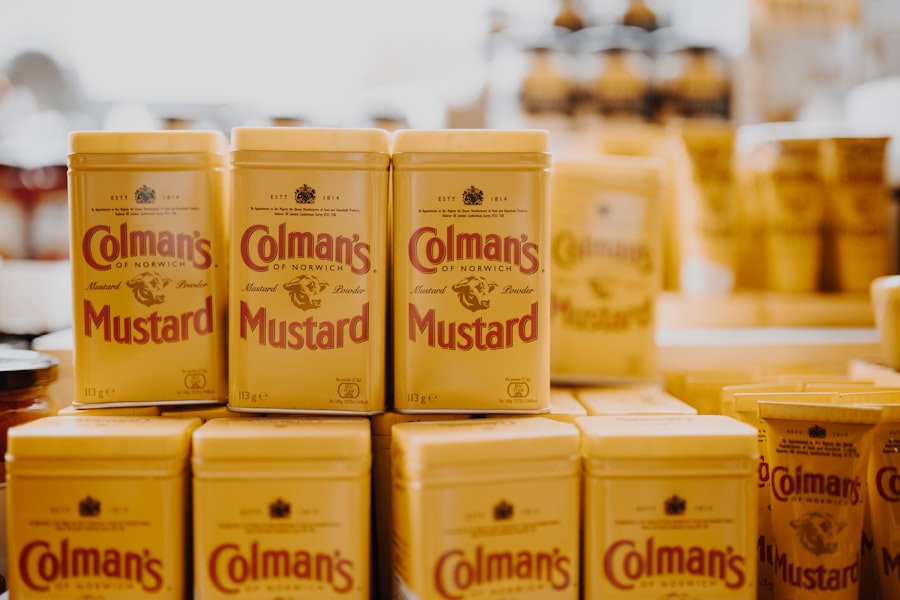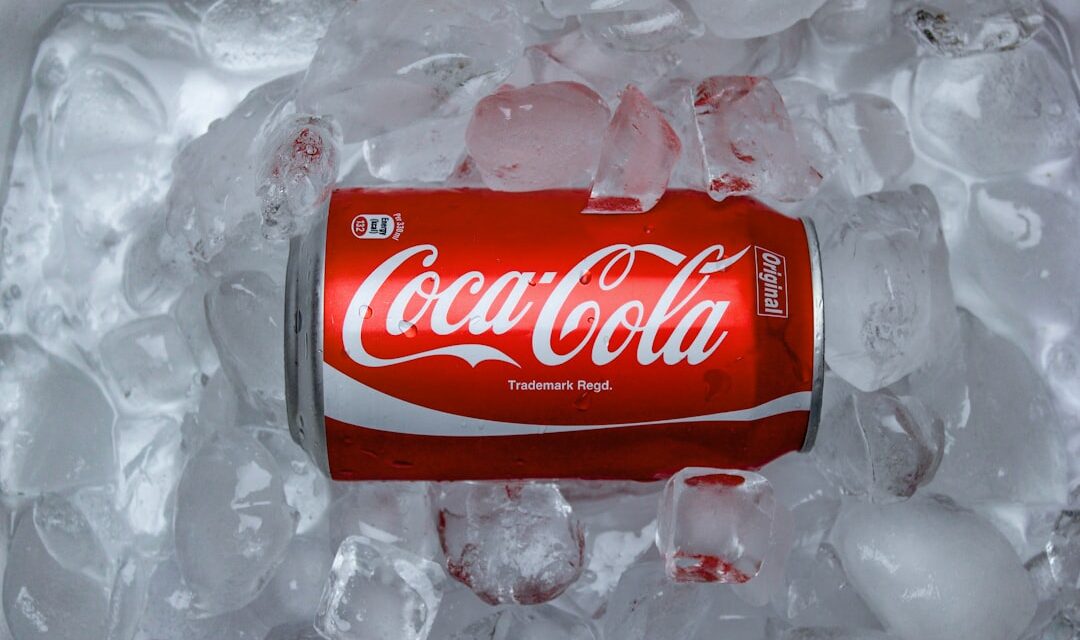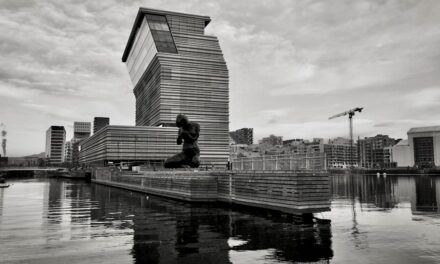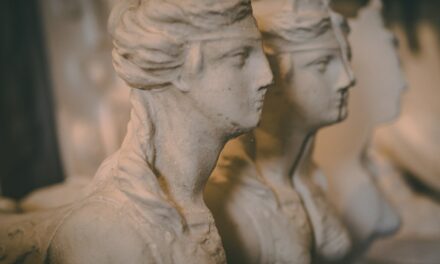Pop art emerged in the mid-1950s in Britain and the United States as a response to the post-war consumer culture. This movement challenged traditional notions of art and blurred the boundaries between high and low culture. British art critic Lawrence Alloway first coined the term “pop art” in 1958, using it to describe the work of young artists inspired by popular culture and mass media.
The Dada movement of the early 20th century was a key precursor to pop art. Dadaists challenged artistic and societal conventions, utilising found objects and everyday materials in their work. Their spirit of rebellion and irreverence later influenced pop artists.
The rise of consumer culture in the post-war period, with its emphasis on mass production, advertising, and celebrity, also significantly influenced pop art. Artists such as Richard Hamilton, Eduardo Paolozzi, and Jasper Johns were among the first to explore these themes in their work, establishing the foundation for the pop art movement. Hamilton, a British artist, created collages that incorporated images from advertisements and popular magazines.
Paolozzi, a Scottish sculptor and artist, produced screenprints and collages that combined elements of popular culture with mechanical imagery. Johns, an American painter, challenged traditional artistic conventions by incorporating everyday objects and symbols into his work.
Summary
- Pop Art originated in the 1950s in Britain and the United States as a reaction against the traditional art world.
- Key artists and influences of Pop Art include Andy Warhol, Roy Lichtenstein, and Richard Hamilton, as well as popular culture and consumerism.
- Characteristics of Pop Art include the use of everyday objects, bright colours, and bold imagery inspired by mass media and advertising.
- Pop Art reflected and critiqued consumer culture, challenging the distinction between high and low art.
- The impact of Pop Art on society was significant, as it brought art into the mainstream and influenced fashion, music, and design.
- Pop Art continues to influence contemporary art, with artists incorporating its themes and techniques into their work.
- The legacy of Pop Art is seen in its lasting impact on popular culture and its ongoing influence on the art world.
Key Artists and Influences
The Pioneer of Mass Production Techniques
One of the most iconic figures of the pop art movement was Andy Warhol, whose work came to epitomise the movement’s fascination with consumer culture and celebrity. Warhol’s use of mass production techniques, such as silk-screening, and his appropriation of images from popular culture, such as Campbell’s soup cans and Marilyn Monroe, challenged the traditional notions of originality and authorship in art.
British Pioneers of Pop Art
In Britain, artists such as Richard Hamilton and Peter Blake were at the forefront of the pop art movement. Hamilton’s collage “Just what is it that makes today’s homes so different, so appealing?” is often considered one of the earliest examples of pop art, while Blake’s iconic album cover for The Beatles’ “Sgt. Pepper’s Lonely Hearts Club Band” album became a symbol of the movement’s embrace of popular culture.
Other Key Contributors
Other key artists who contributed to the development of pop art include Claes Oldenburg, who created larger-than-life sculptures of everyday objects, and James Rosenquist, whose monumental paintings explored the visual language of advertising.
Characteristics of Pop Art

Pop art is characterized by its use of imagery from popular culture, such as advertising, comic books, and consumer products. The movement sought to challenge the traditional notions of art by blurring the boundaries between high and low culture, and by embracing mass production techniques such as silk-screening and collage. Pop artists often used bold colours and graphic imagery in their work, drawing inspiration from the visual language of advertising and mass media.
Another key characteristic of pop art is its emphasis on repetition and mass production. Artists such as Andy Warhol and Roy Lichtenstein used techniques such as silk-screening and Ben-Day dots to create multiple versions of the same image, reflecting the mass-produced nature of consumer culture. Pop art also often featured a sense of irony and irreverence, with artists using humour and satire to critique the excesses of consumer society.
Pop Art and Consumer Culture
Pop art emerged in response to the rise of consumer culture in the post-war period, with its emphasis on mass production, advertising, and celebrity. The movement sought to challenge the traditional notions of art by embracing imagery from popular culture and blurring the boundaries between high and low culture. Pop artists were fascinated by the visual language of advertising and mass media, and they often used bold colours and graphic imagery in their work to reflect this influence.
One of the key themes in pop art is the idea of repetition and mass production. Artists such as Andy Warhol and Roy Lichtenstein used techniques such as silk-screening and Ben-Day dots to create multiple versions of the same image, reflecting the mass-produced nature of consumer culture. By appropriating images from popular culture and recontextualising them in their work, pop artists sought to critique the excesses of consumer society and challenge the notion of originality in art.
The Impact of Pop Art on Society
Pop art had a profound impact on society, challenging traditional notions of art and blurring the boundaries between high and low culture. The movement sought to democratize art by embracing imagery from popular culture and mass media, making it more accessible to a wider audience. Pop art also reflected the changing social landscape of the post-war period, with its emphasis on consumer culture, mass production, and celebrity.
One of the key legacies of pop art is its influence on popular culture and consumer society. The movement’s use of bold colours and graphic imagery has had a lasting impact on advertising, design, and fashion, shaping the visual language of contemporary society. Pop art also paved the way for later movements such as conceptual art and postmodernism, which continued to challenge traditional notions of art and society.
Pop Art in Contemporary Art

Influence on Visual Art
The legacy of pop art can be seen in the work of artists such as Jeff Koons, who creates larger-than-life sculptures of everyday objects, and Takashi Murakami, whose colourful paintings draw on elements of popular culture and consumer society.
Impact on Other Creative Disciplines
In addition to its influence on visual art, pop art has also had an impact on other creative disciplines such as music, fashion, and design. The movement’s embrace of popular culture and mass media has shaped the visual language of contemporary society, influencing everything from album covers to advertising campaigns.
Lasting Legacy
Pop art’s legacy can also be seen in the rise of street art and urban culture, with its emphasis on bold colours and graphic imagery.
The Legacy of Pop Art
The legacy of pop art is far-reaching, with its influence being felt across a wide range of creative disciplines. The movement challenged traditional notions of art by embracing imagery from popular culture and mass media, blurring the boundaries between high and low culture. Pop art continues to have a significant impact on contemporary society, shaping the visual language of advertising, design, fashion, and popular culture.
The movement’s use of bold colours, graphic imagery, and mass production techniques has had a lasting impact on visual art, influencing artists across generations. Pop art’s legacy can also be seen in its influence on later movements such as conceptual art and postmodernism, which continued to challenge traditional notions of art and society. Overall, pop art remains a powerful testament to the changing social landscape of the post-war period, reflecting the rise of consumer culture and mass media in contemporary society.
If you are interested in learning more about the evolution of art movements, you may want to check out an article on Post-Impressionism. This movement, which followed Impressionism, is known for its use of vivid colours and bold brushstrokes. You can read more about it here.
FAQs
What is Pop Art?
Pop Art is an art movement that emerged in the 1950s in Britain and the United States. It was characterized by the use of popular culture and mass media imagery, such as advertising, comic books, and everyday objects, in art.
Who were the key figures in the Pop Art movement?
Some of the key figures in the Pop Art movement include Andy Warhol, Roy Lichtenstein, and Claes Oldenburg. These artists played a significant role in popularizing the movement and its themes.
What are the main themes and techniques used in Pop Art?
Pop Art often focused on themes of consumerism, mass production, and the blurring of the boundaries between high and low culture. Artists used techniques such as collage, assemblage, and the replication of mass-produced images to create their artworks.
How did Pop Art impact popular culture?
Pop Art had a significant impact on popular culture, influencing fashion, design, and advertising. It challenged traditional notions of art and brought everyday objects and images into the realm of high art.
What is the legacy of Pop Art?
The legacy of Pop Art can be seen in contemporary art, design, and popular culture. Its influence can be seen in the work of artists, designers, and filmmakers who continue to draw inspiration from the movement’s themes and techniques.




